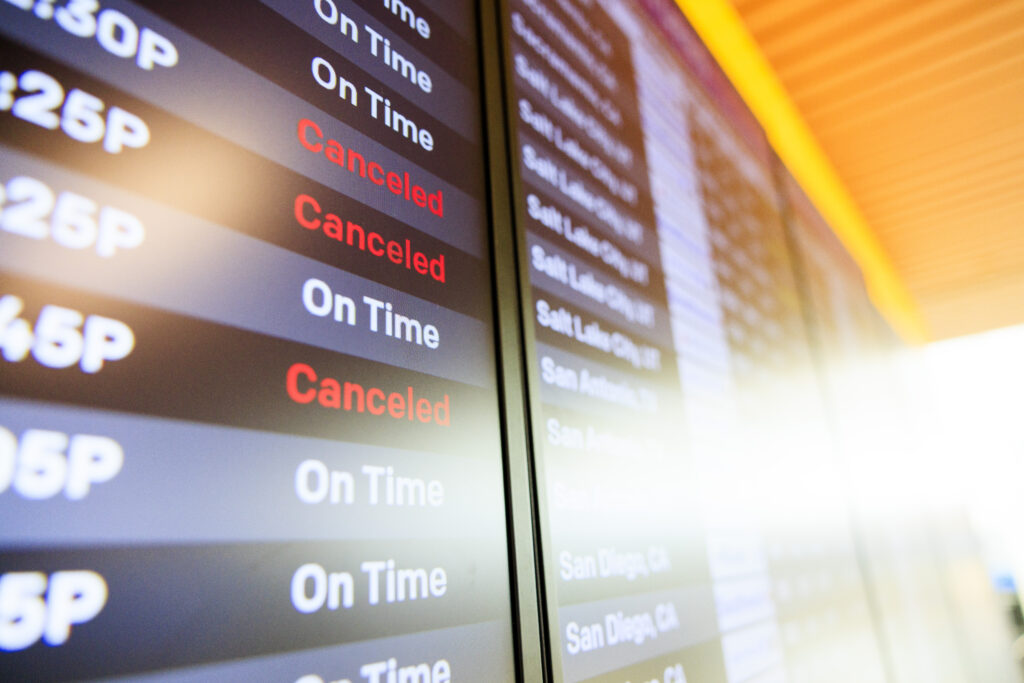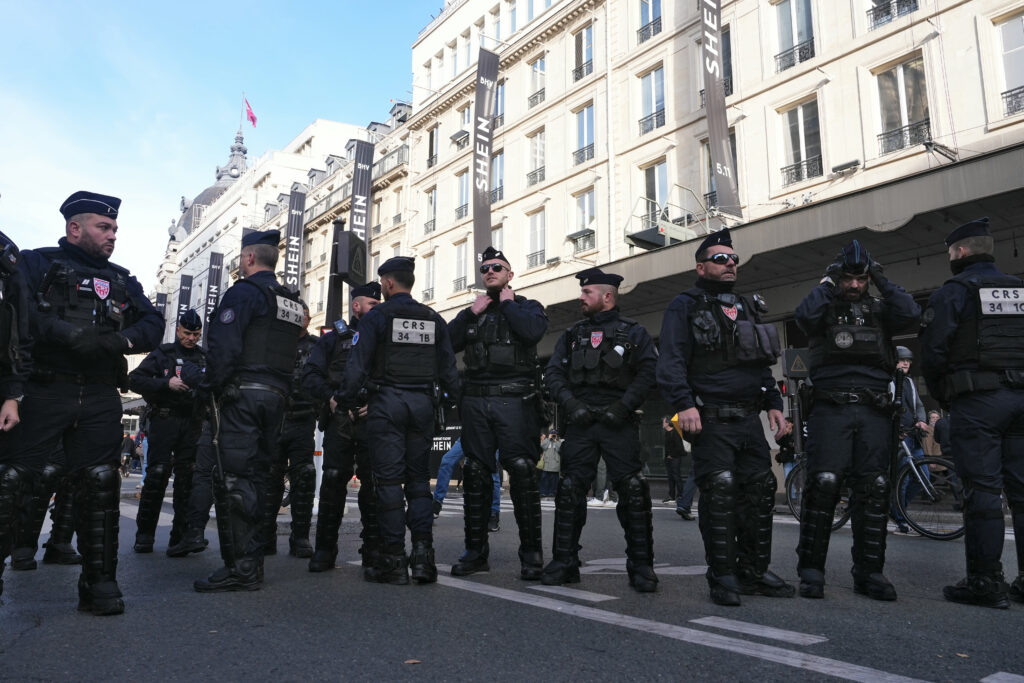Stocks rally on hopes US government shutdown to end
Stock markets charged higher Monday as investors cheered prospects that the US government shutdown could be nearing an end, after lawmakers reached a deal likely to break the record 40-day impasse.The prospect of operations resuming in the world’s biggest economy helped temper lingering worries about extended tech valuations amid talk of an AI bubble.A group of Democrats in the Senate sided with Republicans in a procedural vote on the deal Sunday evening, clearing the way for a formal debate after reaching a bipartisan agreement to fund operations through January.A government re-opening could also provide clarity on US inflation and on the soft labour market, which will determine whether the Federal Reserve cuts interest rates again as widely expected next month.”If all goes well, some federal agencies could reopen as soon as Friday,” said David Morrison, senior analyst at Trade Nation. He noted that both investors and the Fed have been “flying blind since the beginning of October, with a near-complete absence of data”.”Fed Chair Jerome Powell has played down the prospect of another rate cut in December, as it is far from obvious that inflation has peaked,” Morrison added. But investors on Monday focused on the US government reopening, after growing increasingly concerned about the impact of severe disruptions of food benefits to low-income households, and of air travel heading into the Thanksgiving holiday.”Shutdowns haven’t typically had a big bearing on the economy or on financial markets. But, this one… looked as though it might start to cause some trouble,” said analysts at Capital Economics.- Rebound after tech worries -Reports that drugmaker Pfizer won a bidding war for the biotech obesity specialist Metsera over the weekend with a $10 billion offer also bolstered investor optimism.Wall Street opened higher across the board following turbulent losses last week on fears that AI optimism might have pushed tech stocks such as chip heavyweight Nvidia to unsustainable highs.European indices also rose sharply, following similar gains across Asia, with investors also taking heart from a further easing of China-US tensions.Beijing on Monday said it would suspend for one year “special port fees” on US vessels, “simultaneously” with Washington’s pause on levies targeting Chinese ships.The dollar, which steadied versus the euro and the pound, rose against the yen, while oil prices gained slightly after losses last week over concerns of hefty supply amid uncertainty over global demand.”Risk is back on, and last week’s sell-off seems like a distant memory,” said Kathleen Brooks, research director at trading platform XTB.”There are some risks ahead, but unless we see a meaningful decline in Fed rate cut expectations, or a weak earnings report from (major computer chip-maker) Nvidia next week, then stocks could be poised to rally into year end,” she said.- Key figures at 1640 GMT -New York – Nasdaq: up 1.4 percent at 23,320.27 pointsNew York – S&P 500: up 0.7 percent at 6,776.32New York – Dow: FLAT at 46,958.00London – FTSE 100: UP 1.1 percent at 9,787.15 (close)Paris – CAC 40: UP 1.3 percent at 8,055.51 (close)Frankfurt – DAX: UP 1.7 percent at 23,959.99 (close)Tokyo – Nikkei 225: UP 1.3 percent at 50,911.76 (close)Hong Kong – Hang Seng Index: UP 1.6 percent at 26,649.06 (close)Shanghai – Composite: UP 0.5 percent at 4,018.60 (close)Euro/dollar: DOWN at $1.1553 from $1.1563 on FridayPound/dollar: FLAT at $1.3158 from $1.3160Dollar/yen: UP at 153.94 yen from 153.46 yenEuro/pound: DOWN at 87.81 pence from 87.86 penceBrent North Sea Crude: DOWN 0.3 percent at $63.46 per barrelWest Texas Intermediate: DOWN 0.4 percent at $59.54 per barrel




